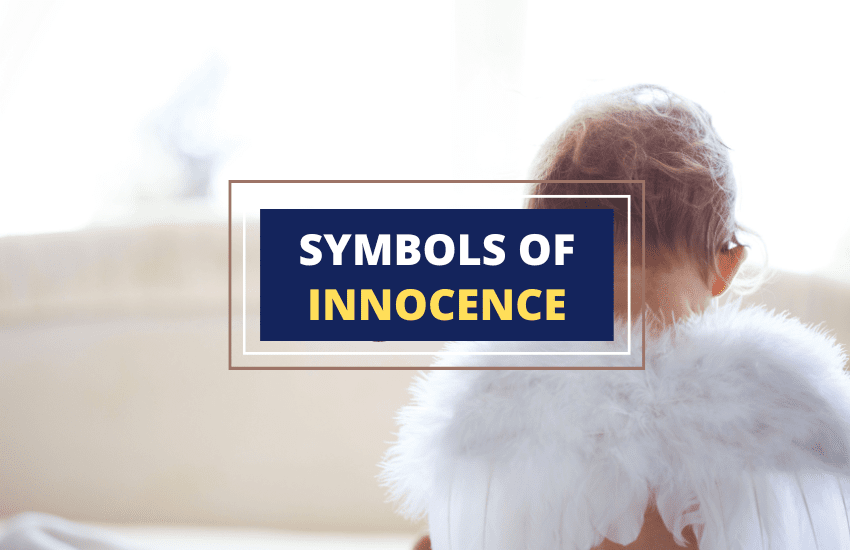
Table of Contents
Are you feeling jaded by the harsh realities of life? In this article, we’ll explore 19 symbols of innocence that will make you feel warm and fuzzy inside.
We’ve covered everything, from lambs to white feathers and newborn babies. But we won’t stop there. We’ll also explore some lesser-known symbols of innocence and their cultural and historical significance. Rediscover your inner child with our guide to 19 symbols of innocence.
1. Lamb

The Lamb has been a symbol of innocence for centuries, appearing in various cultures and contexts.
In Christianity, the lamb represents purity and sacrifice and is often associated with Jesus Christ, referred to as the “Lamb of God.”
The image of a lamb surrounded by angels is a common depiction of heaven, emphasizing the innocence and purity of those who reside there.
In other cultures, the lamb represents gentleness and obedience and is often used to convey a sense of calm and serenity. For example, the image of a lamb sleeping peacefully in a meadow evokes tranquility and innocence.
The lamb is also commonly associated with springtime, representing new beginnings and rebirth.
2. Angel
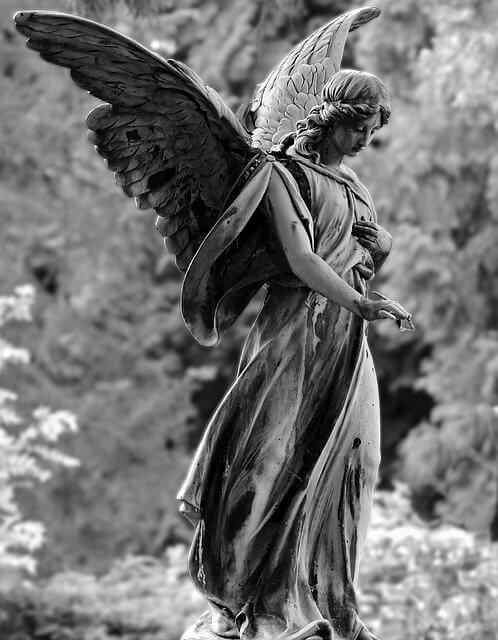
Angels have long been associated with innocence, appearing in various cultures and contexts throughout history.
In Christianity, angels are often depicted as messengers of God, tasked with delivering messages of hope and peace. Their ethereal appearance and gentle demeanor convey a sense of purity and innocence, making them a fitting symbol for these qualities.
Angels are also often associated with children, representing the innocence and vulnerability of youth. In other cultures, angels are seen as protectors and guardians, offering guidance and support to those in need.
The image of an angel watching over a child is a common depiction in art and literature, emphasizing the idea of innocence and protection.
Overall, the angel symbolizes innocence and purity, representing the hope, guidance, and protection needed to preserve these qualities in ourselves and others.
3. Unicorn

Unicorns are mythical creatures that we often associate with innocence and purity. In Western culture, the unicorn is often depicted as a white horse with a single horn on its forehead, symbolizing grace, elegance, and beauty.
Its magical powers and elusive nature add to the mystique surrounding this creature.
The unicorn is also associated with the purity and innocence of young maidens, and during history, many people believed that its horn had healing powers.
The image of a unicorn in a tranquil forest or meadow often conveys a sense of calm and serenity. The unicorn also symbolizes the mystical and the fantastical, representing the unknown and the magical.
4. White Buffalo
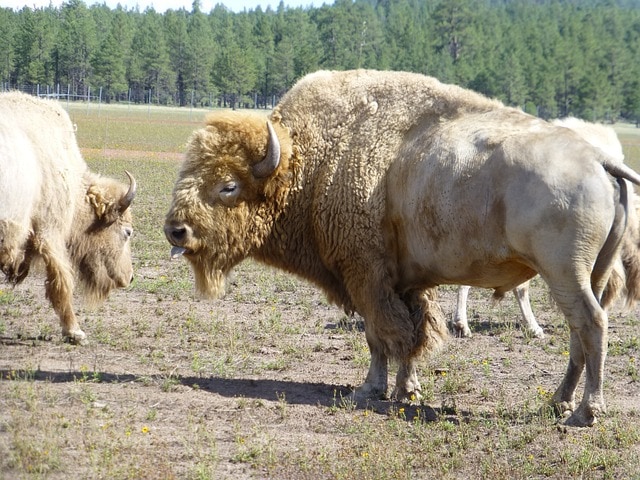
The white buffalo is a sacred animal in many Native American cultures and is often considered a symbol of innocence and purity.
According to Lakota legend, a white buffalo calf was born to White Buffalo Woman, who brought sacred teachings to the people.
The white buffalo symbolizes hope and renewal, and its appearance signals a time of great change and transformation. The white buffalo symbolizes peace and unity, and its presence is considered a blessing.
The image of a white buffalo grazing in a peaceful meadow conveys a sense of harmony and balance.
5. Buddha
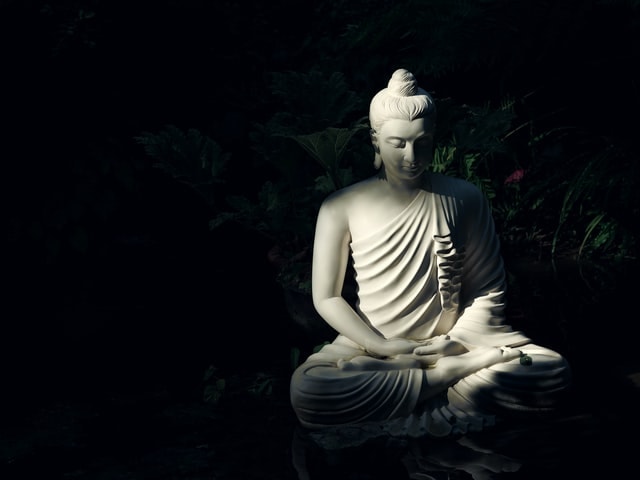
The Buddha, the founder of Buddhism, is often seen as a symbol of innocence due to his teachings on compassion, mindfulness, and nonviolence. His image is often depicted with a serene expression and closed eyes, representing inner peace and wisdom.
The Buddha is also often associated with the lotus flower, which grows from murky waters and represents purity and spiritual growth.
In some cultures, the Buddha is seen as a symbol of humility, as he renounced his wealth and status to seek enlightenment. His teachings emphasize the importance of treating all living beings with kindness and respect; his image reminds us of these values.
6. White Flowers
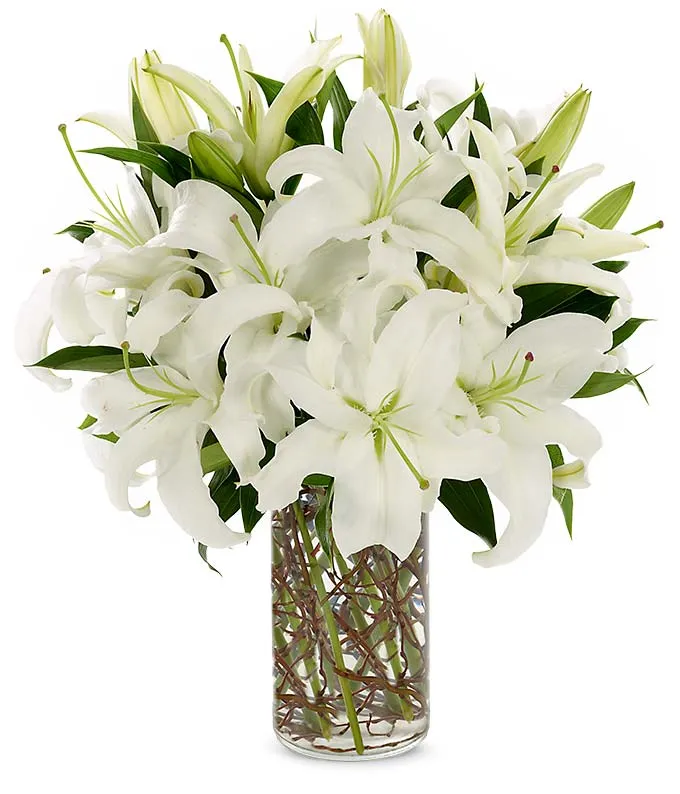
White flowers symbolize innocence, purity, simplicity, and new beginnings. In many cultures, white flowers are associated with weddings and other joyous occasions, representing the start of a new chapter in life.
The white lily, for example, is often used in Christian ceremonies as a symbol of the purity and innocence of the Virgin Mary.
In Japan, the cherry blossom, which is often white, represents the fleeting nature of life and the beauty of simplicity.
In some cultures, white flowers are also associated with mourning and funerals, representing the innocence and purity of the departed.
7. White Stag

The white stag symbolizes innocence in many cultures, representing purity, grace, and the elusive nature of innocence.
In Celtic mythology, the white stag is associated with the forest and symbolizes renewal and spiritual growth.
In Hinduism, the white stag is associated with the God of love and represents purity and grace.
While in Native American culture, the white stag is seen as a messenger of peace and is often associated with healing and renewal.
The image of a white stag in a tranquil forest or meadow conveys a sense of peace and serenity. The white stag’s elusiveness also adds to its mystique, representing the fleeting nature of innocence and purity.
8. Alabaster

Alabaster, a translucent mineral, has been a symbol of innocence in various cultures and contexts throughout history.
Ancient Egyptians used alabaster to create sacred vessels and statues, representing the purity and divinity of the gods.
Christians used alabaster to create religious art, representing the purity and innocence of Christ and the saints.
Alabaster is associated with the beauty and fragility of youth, and its delicate nature serves as a reminder of the fleeting nature of innocence. Alabaster’s milky white color and soft texture add to its symbolism, evoking calm and serenity.
9. Milk

Throughout history, milk has symbolized innocence in various cultures and contexts. In Christianity, the image of a mother nursing her child represents the purity and innocence of infancy and the bond between mother and child.
In Hinduism, milk is often used in religious ceremonies, representing the purity and nourishment of the divine.
Milk is also associated with growth and vitality, and its abundance is a symbol of prosperity and abundance. In some cultures, milk is associated with purity and cleanliness and is a cleansing agent in religious rituals.
The image of a bubbly glass of milk or a mother nursing her child evokes feelings of warmth, comfort, and security, representing the innocence and vulnerability of youth.
10. Swans

Swans have symbolized innocence in various cultures and contexts throughout history. Their graceful, elegant appearance and serene demeanor evoke purity and tranquility.
In Western culture, swans represent love and fidelity, and you can see their images in wedding and anniversary celebrations.
In Greek mythology, the swan is associated with the God Apollo and represents beauty, art, and inspiration. While in some cultures, swans are also associated with childhood and youth, representing the innocence and purity of young people.
The image of a mother swan with her cygnets conveys a sense of protectiveness and nurturing.
11. Newborn baby

Newborn babies have symbolized innocence in various cultures and contexts throughout history. Their purity, vulnerability, and potential represent the essence of innocence.
In Christianity, the image of a baby in a manger represents the birth of Jesus Christ and the hope and innocence he brought to the world.
In Hinduism, babies are seen as divine beings. Many celebrate them with religious ceremonies. Many cultures associate babies with new beginnings and the promise of the future.
The image of a sleeping baby swaddled in blankets evokes warmth, comfort, and serenity, representing the innocence and purity of youth.
12. Ivory
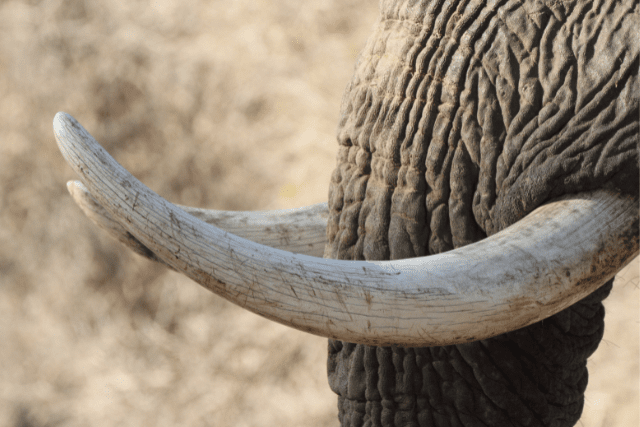
Ivory, a material obtained from the tusks of elephants, has been used as a symbol of innocence in various cultures and contexts throughout history.
Its pure white color and smooth texture represent the beauty and purity of youth. Many cultures use ivory to create sacred religious objects, representing the divinity and innocence of the gods.
13. White Feather
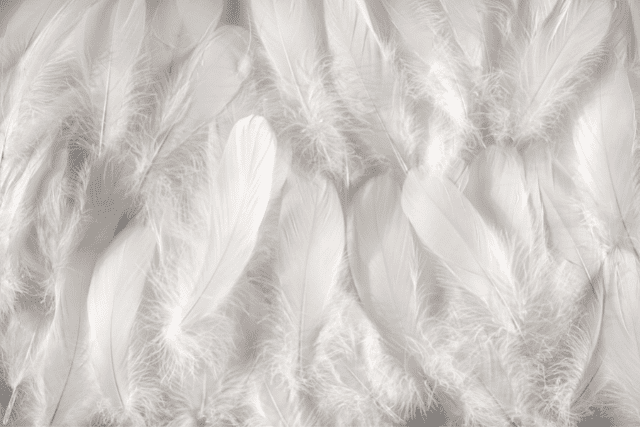
White feathers symbolize innocence in various cultures and contexts throughout history. In Christianity, the image of a white feather represents the purity and innocence of angels, often depicted with wings made of feathers.
In Native American culture, the white feather symbolizes purity and spiritual growth and is one of the main items in religious ceremonies.
White feathers are also associated with peace and tranquillity, and their delicate texture and lightness represent the fleeting nature of innocence.
The image of a white feather floating gently in the breeze evokes feelings of calm and serenity, representing the innocence and purity of youth.
The white feather symbolizes innocence, purity, and spiritual growth, representing the qualities needed to navigate life with peace and serenity.
14. Wedding Dress
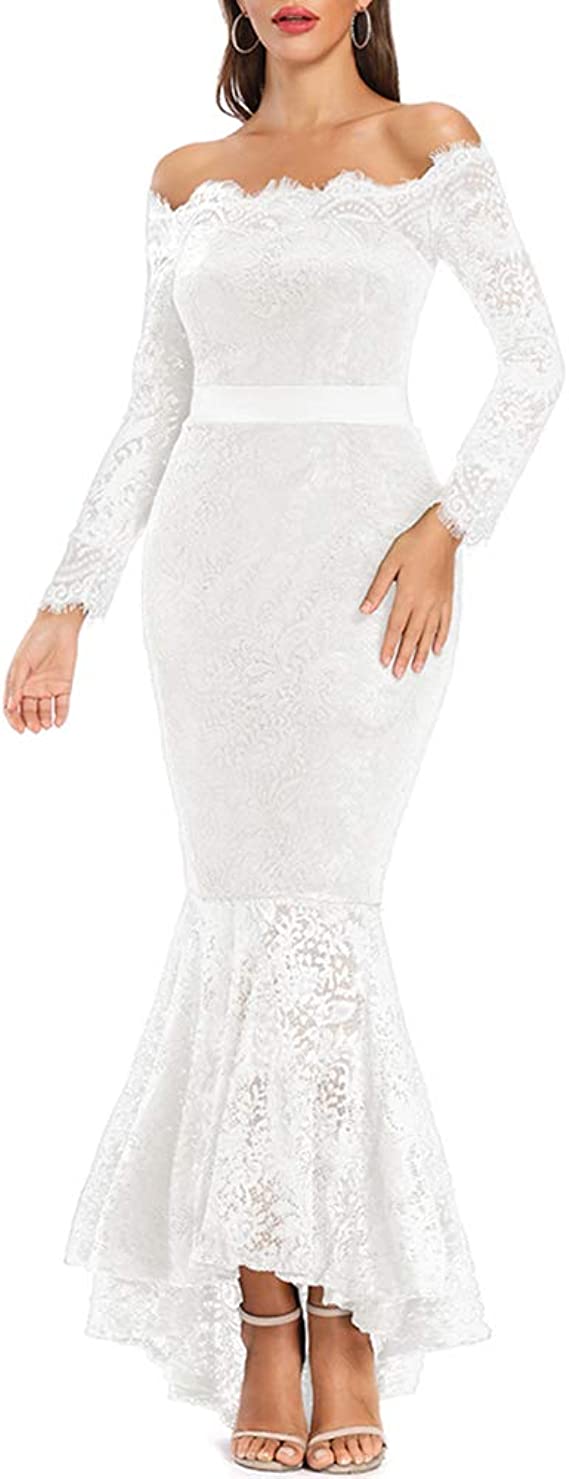
The wedding dress has long symbolized innocence and purity in various cultures and contexts. Its pure white color represents the purity and innocence of the bride on her wedding day.
In Western culture, the white wedding dress became popular in the 19th century when Queen Victoria wore a white dress for her wedding, sparking a trend that continues today.
In some cultures, the wedding dress is associated with the bride’s virginity, representing her innocence and purity.
The image of a bride in her wedding dress, walking down the aisle to meet her partner, evokes feelings of hope and new beginnings, representing the innocence and potential of marriage.
15. Crystal Ball

The crystal ball’s pure appearance represents the innocence and clarity of youth.
In some cultures, the crystal ball is associated with divination and psychic abilities, representing the purity and innocence of intuition and spiritual growth.
The image of a fortune teller gazing into a crystal ball evokes mystery and wonder, representing the unknown and the potential for new beginnings.
In other cultures, the crystal ball is seen as a symbol of wealth and luxury, representing the beauty and elegance of fine craftsmanship.
16. Purity Ring
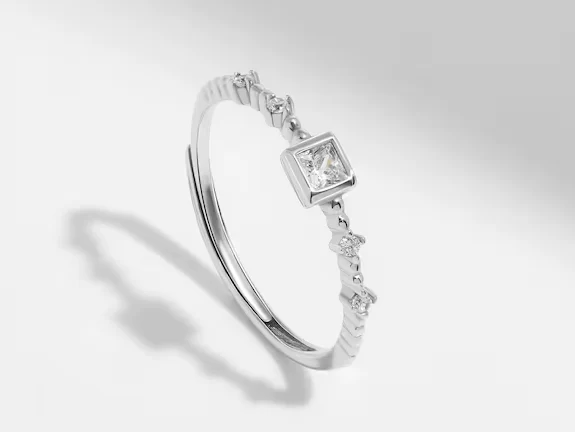
The purity ring symbolizes innocence, recently gaining popularity in various cultures and contexts.
Young people often wear the ring as a pledge to remain sexually pure until marriage, representing the value of purity and innocence.
In some cultures, the purity ring is also associated with spiritual growth and personal responsibility, representing the importance of self-discipline and self-control.
The image of a young person wearing a purity ring evokes hope and optimism, representing the potential for new beginnings and the importance of personal values and beliefs.
17. New Year’s Day

New Year’s Day has long symbolized innocence, as it represents a fresh start, a new beginning, and the potential for change.
Many cultures celebrate New Year’s Day with rituals and traditions representing renewal and purification.
In Japan, for example, people clean their homes and prepare special foods to welcome the new year. New Year’s Day is associated with resolutions and goals in some cultures, representing the desire to improve and grow.
The image of a new year’s baby, often depicted with a top hat and a sash reading “Happy New Year,” represents the innocence and potential of new beginnings.
18. White flag

The white flag’s pure white color represents the innocence and peace desired during the conflict. In many cultures, the white flag is associated with surrender and truce, representing a desire for peace and reconciliation.
The image of a person waving a white flag evokes vulnerability and humility, representing the desire to resolve conflicts peacefully.
In some cultures, the white flag is associated with mourning and remembrance, representing the innocence and loss of life during the war.
19. The Milky Way

The Milky Way, a band of stars and cosmic dust visible in the night sky, is a cosmic symbol of innocence.
In Greek mythology, the Milky Way connects to the story of Zeus, who brought the infant Hercules to his mother in the night sky to protect him from harm.
In many cultures, the Milky Way is associated with wonder and mystery, representing the vastness and beauty of the universe.
Its clear, pure appearance represents the innocence and purity of the night sky.
In some cultures, the Milky Way is also associated with guidance and direction, representing the need for clarity and focus in life.
Wrapping Up
Symbols of innocence have been used throughout history to represent youth’s purity, simplicity, and naivete.
These 19 symbols have captured the essence of childhood and the hope and optimism that comes with it.
Whether it is the image of a baby sleeping peacefully or a butterfly emerging from its cocoon, these symbols evoke feelings of wonder and joy.
While innocence may be fleeting, the symbols of innocence endure, reminding us of the beauty and magic of childhood.
Similar Articles:
15 Powerful Symbols of Life (And What They Mean)
9 Powerful Symbols of Femininity and What They Mean
23 Popular Fertility Symbols and Their Significance







